- Joined
- Feb 1, 2004
- Messages
- 34,813
- Reaction score
- 822
- Location
- Lower Saxony, Germany
- Can others edit my Photos
- Photos NOT OK to edit
Just a question to all of you:
Have you ever gone through the very unpleasant experience of trying, and trying hard, with not gaining any success?
Now this is still very generally asked, let me get some more specific.
With my (still relatively new) membership to this very photo forum, I am in a huge learning process right now. I see sooo many wonderful, stunning, fascinating, interesting, exciting photos here - and I so want to try and put some of the things I learn here into practise.
And it feels like with my trying so hard my photography gets worse than ever. Nothing works anymore. The last roll of film was THE big disappointment ever! I admit I wasn't precisely thrifty on film but took all those 36 photos in only a matter of hours. But four "nice ones" out of 36???
Mind you: those 4 are only "nice ones". I wouldn't put ANY of those 4 up here, let alone any of the remaining 32!
What's happening?
Have you ever gone through the very unpleasant experience of trying, and trying hard, with not gaining any success?
Now this is still very generally asked, let me get some more specific.
With my (still relatively new) membership to this very photo forum, I am in a huge learning process right now. I see sooo many wonderful, stunning, fascinating, interesting, exciting photos here - and I so want to try and put some of the things I learn here into practise.
And it feels like with my trying so hard my photography gets worse than ever. Nothing works anymore. The last roll of film was THE big disappointment ever! I admit I wasn't precisely thrifty on film but took all those 36 photos in only a matter of hours. But four "nice ones" out of 36???
Mind you: those 4 are only "nice ones". I wouldn't put ANY of those 4 up here, let alone any of the remaining 32!
What's happening?





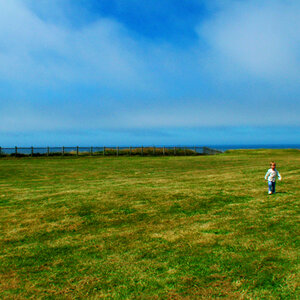
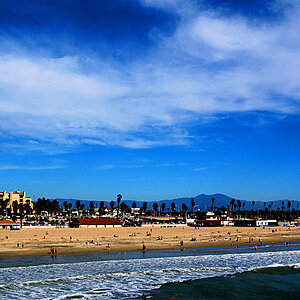
![[No title]](/data/xfmg/thumbnail/34/34694-c8f837b622c45caaa51c5507b8835376.jpg?1619736605)

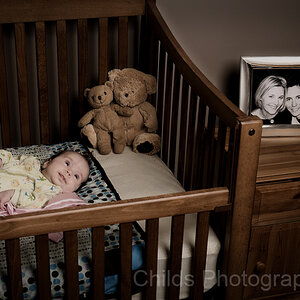
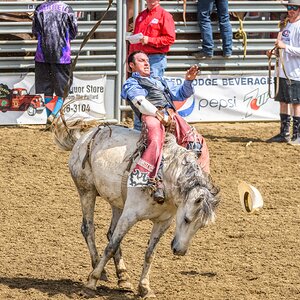

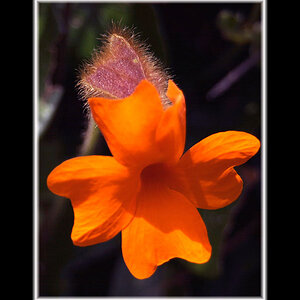
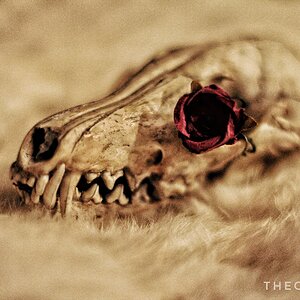
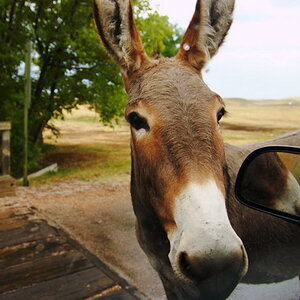
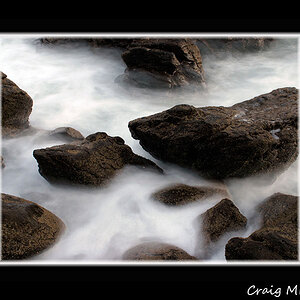
![[No title]](/data/xfmg/thumbnail/36/36299-468f060314a0ac2bf5e37da1c33149d2.jpg?1619737493)